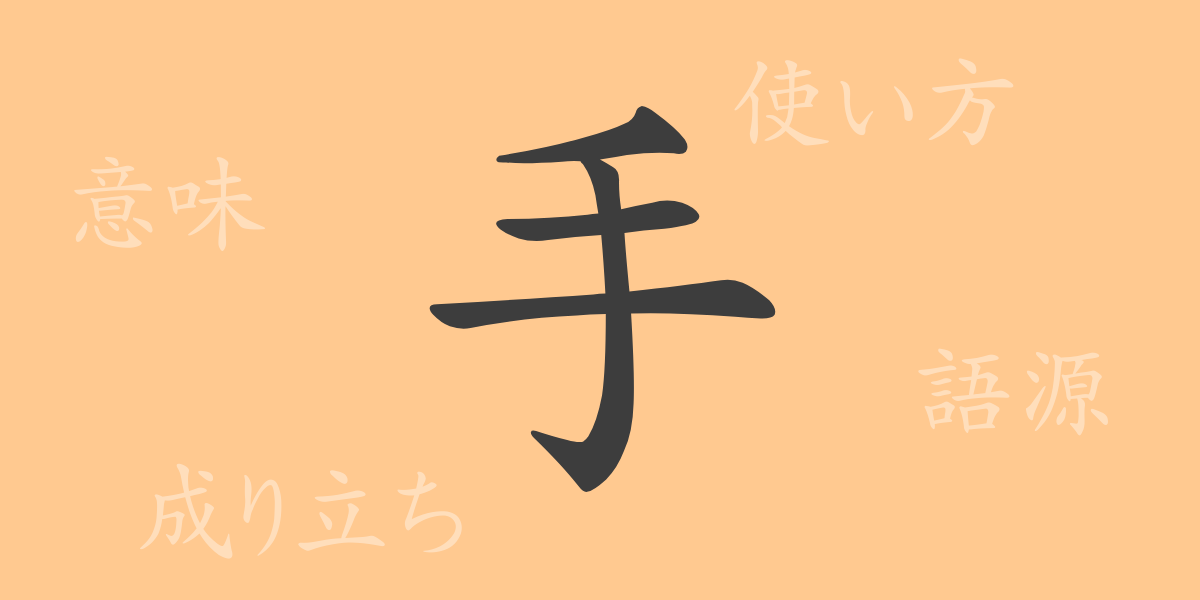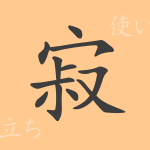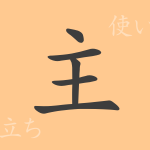In the evolution of human culture and civilization, hands have played an indispensable role. The common kanji “手(て)” in Japanese embodies diversity and rich expressiveness, deeply rooted in our daily lives. This article explores the unique charm of the character “手(て)” and its usage in Japanese. Starting from its origin, we will delve into its meaning, usage, readings, and expressions involving “手(て),” unveiling the profound world contained within this single character.
Origin of 手(て) (Etymology)
The kanji “手(て)” derives from an ancient Chinese pictograph representing a human hand. The lines depicting the palm and fingers mimic the actual shape of a hand. This direct representation evolved to symbolize various actions and abilities, expanding to encompass a wide range of meanings.
Meaning and Usage of 手(て)
In Japanese, “手(て)” encompasses a multitude of meanings. Directly, it refers to the human hand, but it also extends to denote actions, methods, ownership, and involvement. It can imply assistance or intervention and is used to describe specific skills in fields such as art and technology. The extensive usage of this character in different contexts highlights its importance in the Japanese language.
Readings, Stroke Count, and Radical of 手(て)
The kanji “手(て)” is fundamental in Japanese.
- Readings: The on’yomi (音読み) is “シュ,” and the kun’yomi (訓読み) is “て.”
- Stroke count: “手(て)” has a total of 4 strokes.
- Radical: “手(て)” also functions as a radical and is known as “てへん” when used in this capacity.
Idioms, Phrases, and Proverbs Using 手(て)
Numerous idioms, phrases, and proverbs in Japanese incorporate the character “手(て).” For example, “手を打つ(てをうつ)” means to reach an agreement, while “手が出ない(てがでない)” signifies something being out of reach or unattainable. “手に汗握る(てにあせにぎる)” describes a tense situation, and “手を変え品を変え(てをかえしなをかえ)” refers to repeatedly trying different methods. These expressions underscore the significant role hands play in our lives.
Conclusion on 手(て)
The character “手(て)” has been intimately connected to human life since ancient times, reflected in countless expressions. This single character mirrors our emotions, actions, and cultural facets. By reevaluating the words and expressions involving “手(て)” that we use unconsciously in daily life, we can rediscover the deep meanings and cultural values behind them. Through “手(て),” we hope to continue enriching communication and expression among people.

























